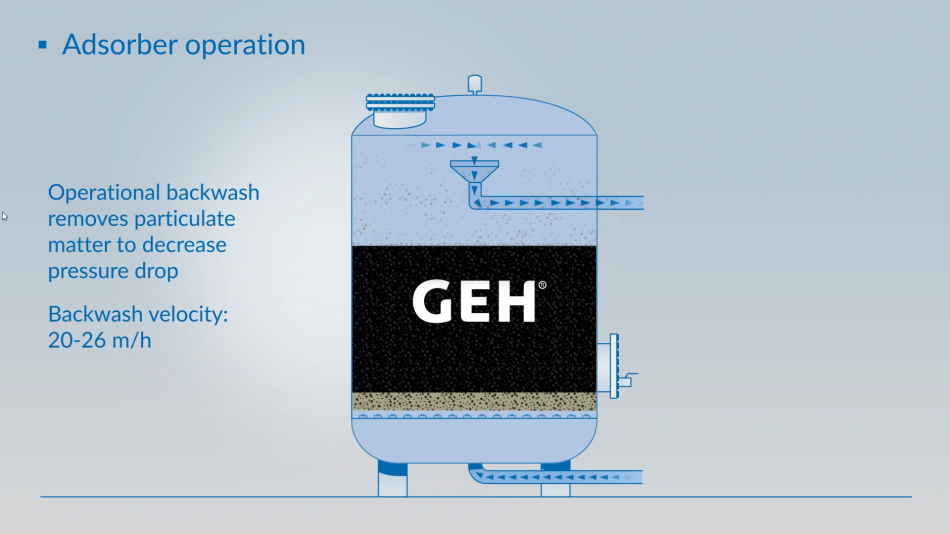GEH®: Special application in water remediation
A functioning soil with clean groundwater: that is the basis of life for humans, animals and plants. Today this may be clear. For a long time, however, we have had a careless approach to heavy metals and pollutants. Environmental protection as we know it today did not exist in its time. Unfortunately, old heavy metal contamination that seeped into the soil via wastewater and was thus able to collect in the groundwater still poses a threat today. A danger that can, however, be remedied. With GEH®, which filters arsenic, lead, uranium, nickel, copper and more from water. For the complex treatment process in contaminated areas, such as former refineries and industrial sites, GEH® can also be easily combined with other purification processes – for best results in groundwater remediation.
Reduce arsenic levels and remove phosphate? This is how it works!
Every adsorber plant is differently designed and dimensioned, depending on its specific application. Regardless of this, GEH Wasserchemie would like to offer you the best possible solution for the targeted treatment of waste water. To this end, we will be pleased to provide you with recommendations for the operation of your plant, the bed depth, filtration speed, empty bed contact time and backwashing speed. Take advantage of our personal consultation at your site so that you can use GEH® quickly for efficient wastewater treatment. Let‘s talk about it.

